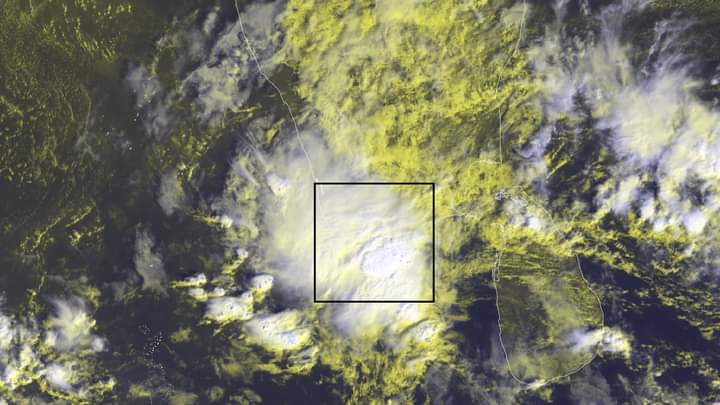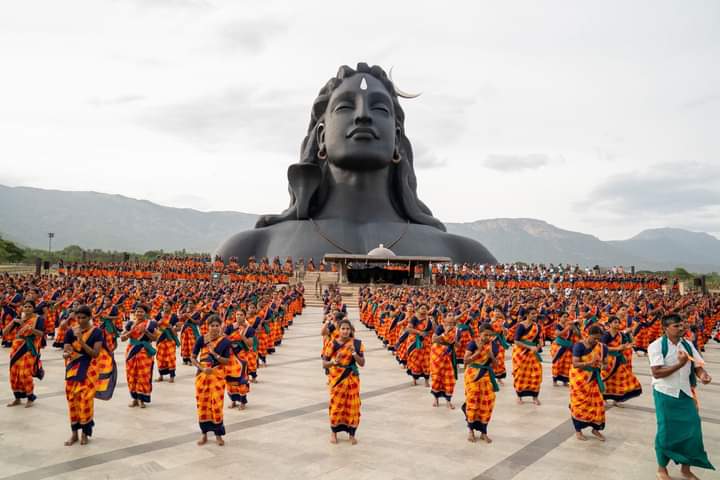Severe rainfall has submerged numerous villages, transforming them into waterlogged landscapes resembling lakes.
The incessant downpour, particularly affecting Tirunelveli, Thenkasi, and Kanyakumari districts, has plunged life into disarray. Notably, Tuticorin and Tirunelveli districts saw an overwhelming 352 mm of rainfall, with Kanyakumari at 118 mm and Thenkasi at 206 mm.
Overflowing dams necessitated the release of water, leading to widespread flooding on main roads and in various areas. In response, rescue operations utilizing boats were deployed to assist those stranded by the deluge.
Tamil Nadu Chief Secretary Shivdas Meena has announced efforts to airlift and distribute essential food supplies to the flood-affected regions, underscoring the urgency of relief measures.

Why Tamil Nadu receives heavy rainfall in winter?
Tamil Nadu receives winter rainfall primarily because of a seasonal weather phenomenon known as the northeast monsoon or the “winter monsoon.”
This winter rainfall is crucial for the region as it replenishes water sources and supports agriculture during the dry winter months.
Here’s a more details:
- Seasonal Wind Patterns: In India, there are two main monsoon seasons – the southwest monsoon (June to September) and the northeast monsoon (October to December). During the southwest monsoon, moist winds from the southwest bring rainfall to most parts of India. However, during the northeast monsoon season, which occurs from October to December, the wind patterns change.
- Origination of Moisture: During the northeast monsoon, the Bay of Bengal, located to the east of Tamil Nadu, is still relatively warm from the summer months. This warmth causes the air above the Bay of Bengal to hold moisture.
- Movement of Moist Air: As winter approaches, the prevailing wind direction shifts. Moist air laden with water vapor from the Bay of Bengal moves westward towards the Indian subcontinent, including the eastern coast of India, which includes Tamil Nadu.
- Rising Over Eastern Ghats: When this moist air reaches the Eastern Ghats, a mountain range running parallel to the eastern coast of India, it is forced to rise. As the air rises, it cools and condenses. This cooling and condensation process results in the formation of clouds and rainfall.
- Rainfall in Tamil Nadu: The moist air that ascends over the Eastern Ghats releases its moisture in the form of rainfall, which falls over Tamil Nadu and neighboring regions along the eastern coast. This rainfall is essential for agriculture and replenishing water sources in the region, as it occurs during the dry winter months when water resources are typically scarce.
Tamil Nadu receives winter rainfall primarily due to the northeast monsoon, also known as the “winter monsoon.”
During the winter months, the prevailing wind patterns shift, and moist air from the Bay of Bengal moves towards the Indian subcontinent. When this moist air encounters the Eastern Ghats, it is forced to rise, cool, and condense, leading to rainfall in Tamil Nadu and other parts of the eastern coast.




